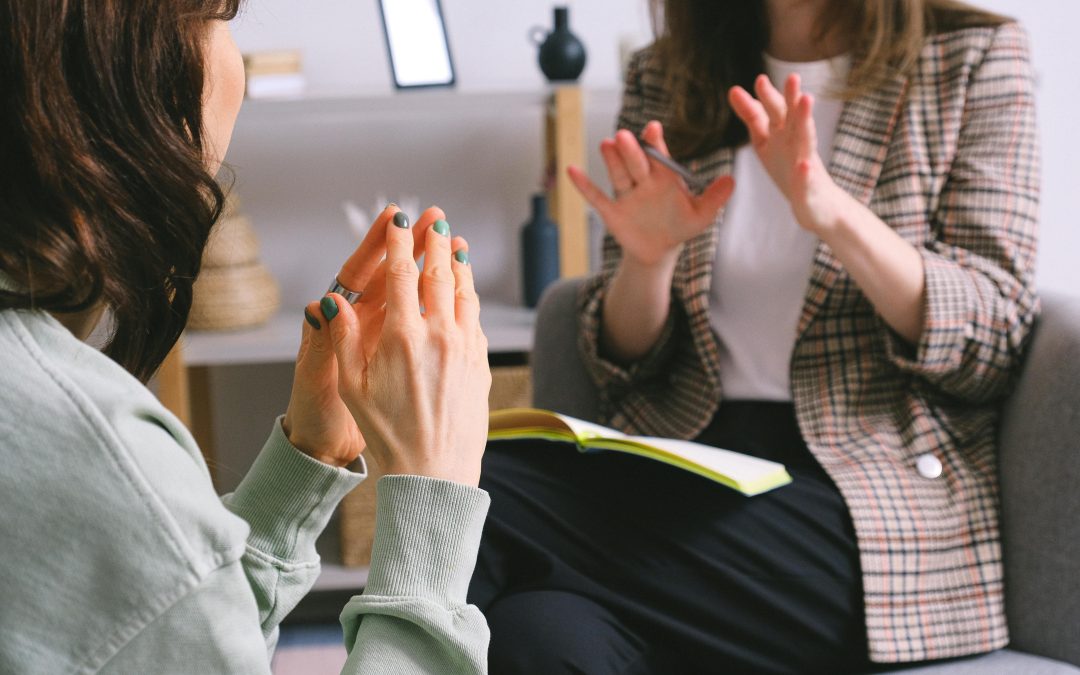The Privilege of Giving Therapy: Reflections from the Room
Written by Toby Clark
I often find myself reflecting on what it truly means to give therapy. To sit with someone in their vulnerability — their pain, their questions, their hopes — is no small thing. It is, I believe, a deeply privileged position. We meet people in moments of transition, crisis, or confusion. And if the work is going well, we help them move — gently, sometimes imperceptibly — toward something more whole.
One of my professors once said, “We meet, and then we move.” That phrase has stayed with me. It encapsulates something essential about the therapeutic process: we don’t fix, we don’t force. We meet. We attend. And through that presence, something begins to shift.
The therapeutic relationship is widely acknowledged as the most robust predictor of positive outcomes in therapy (Norcross & Lambert, 2011). While techniques and frameworks certainly matter, the relationship itself—the quality of attunement, trust, and safety—is the soil from which change grows. The Conversational Model (developed by Hobson and later expanded by Meares) places this relationship at the very heart of therapy. It is through mutual exploration and emotional contact that a sense of self can become more coherent, more alive. Without this foundational connection, therapy risks becoming mechanical, or worse, hollow.
But perhaps this idea extends beyond therapy. Human beings are relational creatures. From birth, we are wired for connection — first with caregivers, later with peers, lovers, mentors, and friends. Much of our psychological suffering emerges not just from what happens to us, but from how these experiences affect our relationships and our sense of self in relation to others.
In therapy, we seek not only to understand the stories that people bring but to co-create new meanings. We do this by offering not interpretation alone, but presence — an attentive, responsive other who neither presumes to know nor disappears into neutrality. We question with care. We validate without collapsing. We witness without intruding. This is what Robert Hobson referred to as “alone-togetherness” — a state where both therapist and client are fully present as separate selves, yet deeply connected in the shared space between them.
There is mystery, too. Despite decades of research and theory, the exact mechanisms by which therapy heals remain partly ineffable. Some things can’t be reduced to data points. But those of us who practice know this: when the therapeutic relationship is strong, something happens. Not always dramatic, not always immediate — but something moves.
And so, we meet. We ask, we listen, we hold. We stay curious. In a world often rushing past nuance and depth, we slow down and say: You matter. Let’s make sense of this together.
That, to me, is what it means to give therapy.
Read More

The Ethics of Reality TV
Reality television has long been criticised for its behind-the-scenes machinations, but few shows spark as much debate as Married at First Sight Australia (MAFS). With its unique premise—matching complete strangers in legally binding marriages—the show claims to be an...

Psychologist, Counsellor or Psychotherapist: Understanding Your Options and Why We Offer a Cost-Effective Subscription Model
Choosing the right mental health support can feel overwhelming. With so many professional titles –psychologist, counsellor, psychotherapist – it’s important to understand the differences, not just in approach, but in accessibility, affordability and long-term...
